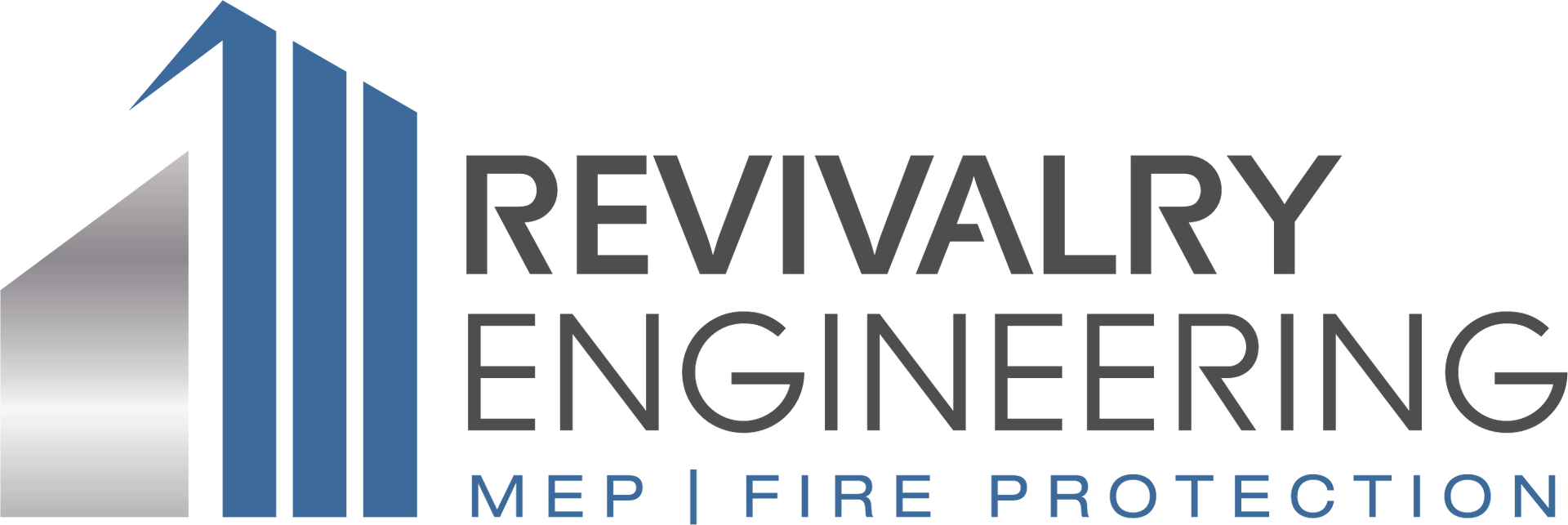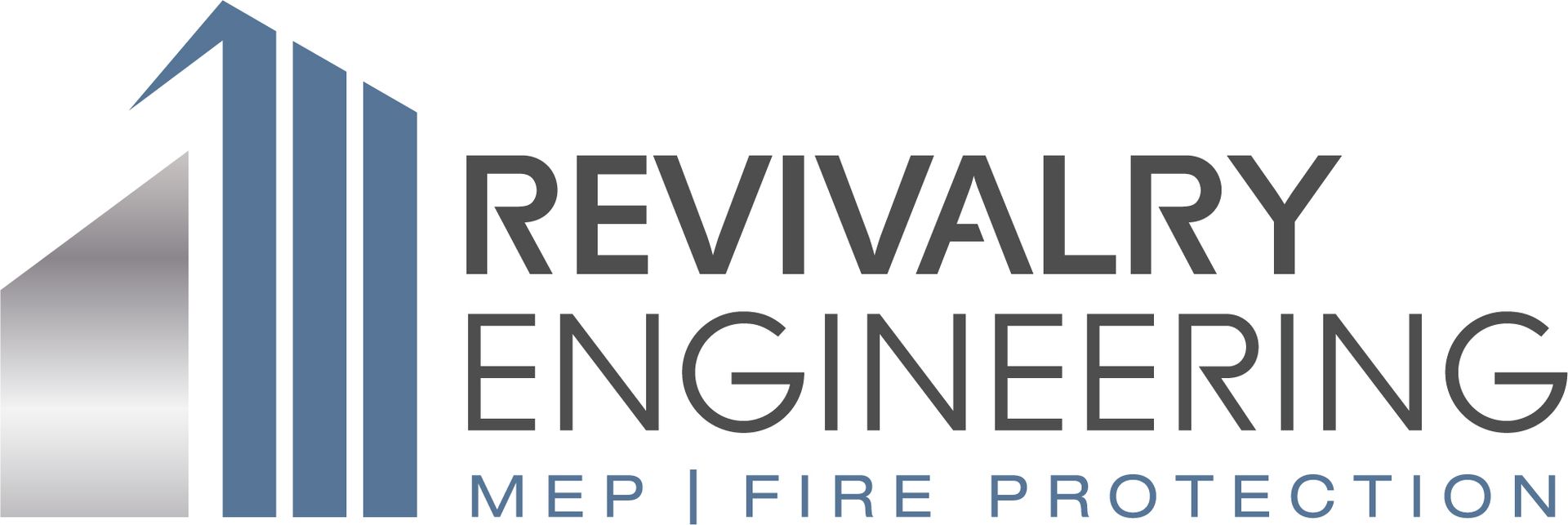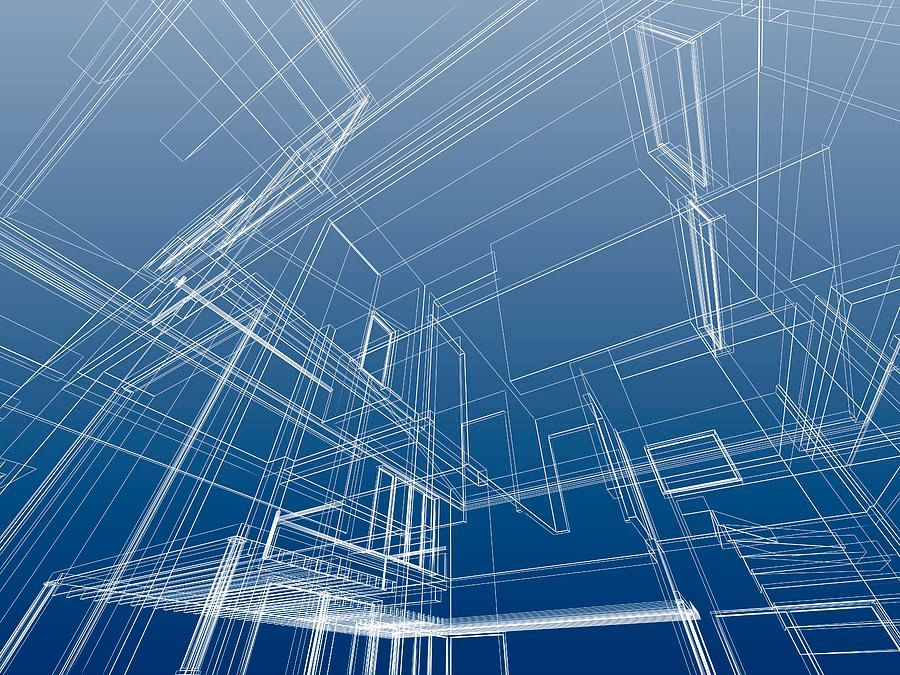THE HIDDEN COSTS OF GOING GREEN
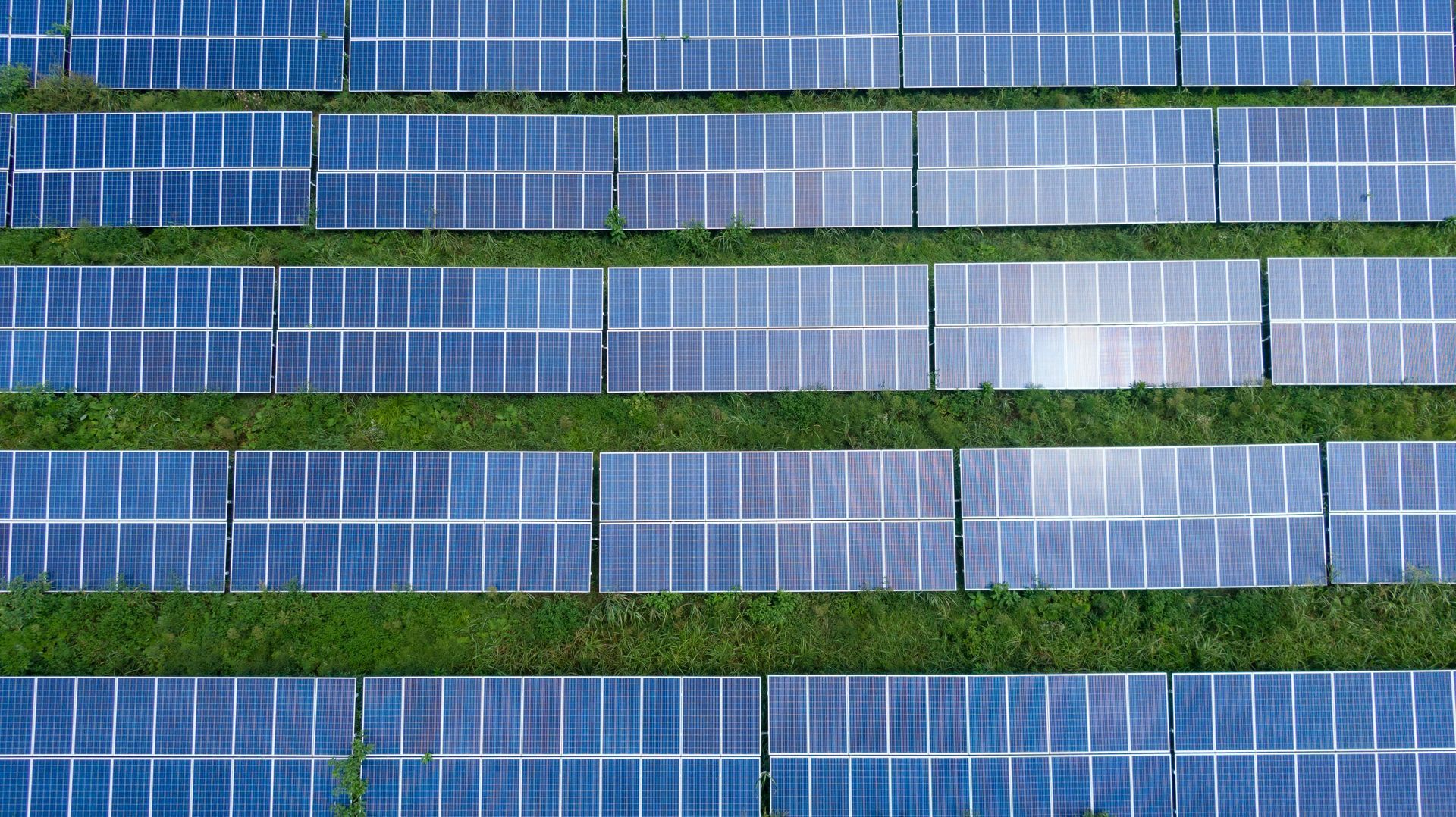
At Revivalry we are always striving to provide MEP/FP design that can be both eco and cost friendly. In our annual newsletter, we analyze common mistakes and oversights that builders and individuals make when pursuing eco friendly designs
WHAT DOES ECO FRIENDLY AND GOING GREEN EVEN MEAN?
When you ask that question to 50 people, you will probably get 50 different responses.
At Revivalry, we characterize Green and Eco Friendly as being environmentally conscious and wise with resources. Think the classic mantra Reduce, Reuse, Recycle. In the MEP/FP industry, this mainly applies to energy. Especially, as energy prices increase, energy efficiency is as crucial as ever.
While there can be many definitions of what this means, from a code, Government Rebate, and PR perspective, Green and eco friendly has now almost exclusively been measured by the standard of carbon emissions. That is why we constantly hear terms such as “carbon neutral” or “net zero carbon emissions”.
WHAT STANDARDS ARE REQUIRED BY CODE?
1. In Massachusetts, energy codes vary by jurisdiction with each one enforcing one of the three codes below:
- Base Energy Code (Still as of this writing currently based on the 2018 IECC per the MA DOE website)
- Stretch Code (Based off of the 2021 IECC + Stretch Code Amendments)
- Specialized Stretch Energy Code (Based off of the 2021 IECC + Stretch & Specialized Code Amendments)
The following link is a great resource for current code enforcement across the commonwealth of Massachusetts: https://www.mass.gov/doc/building-energy-code-adoption-by-municipality/download
Many major jurisdictions throughout the nation such as New York City, Los Angeles, CA, Seattle, WA and Cambridge, MA go even further and ban the use of gas stoves and appliances in new buildings, particularly residential buildings. Others prohibit the use of gas non-cooking appliances such as water heaters.
In Massachusetts, most residential projects, particularly those in Stretch and Specialized Code Jurisdictions, are required to meet a certain HERS (Home Energy Rating System) rating.
2. In Colorado, Denver and other cities are adopting the 2024 Baseline International Energy Codes (2024 IECC):
To find out which IECC code your city or county follows, it is best to refer directly to the jurisdictions building department website.
In addition to baseline 2024 IECC requirements, Denver prohibits gas furnaces and hot water in new installations while Boulder and a few other small jurisdictions such as Crested Butte, completely disallow gas use even for cooking.
Outside of the City of Boulder, HERS rating is not required at least for now but might have energy savings benefits especially for larger homes.
HOW CAN I MAKE MY HOME OR OTHER PROJECT MORE ECO FRIENDLY?
Environmental care and sustainability is a core value at Revivalry. Reusing and recycling resources as well as reducing waste is the first and most major step we take to help our clients be more ecofriendly with their projects. It is also one of the best ways to save on costs. If going all electric, even on a grid that was all solar, all wind etc. would solve all of our environmental problems we would be the first to endorse it. The appeal of getting something for nothing is real. However, these renewable sources of energy are not made of renewable parts. Solar Panels don’t last forever, and need cleaning and maintenance, windmills do as well. So besides the usual advice of buying electric cars and installing solar panels how can we be more eco friendly?
1. Aside from your Halogen lights, don’t toss your old fixtures and appliances unless they stop working.
It is a reality we all know, items are not built to last anymore. This is a tremendous waste of time and resources. Most traditional appliances were made with metal which can last lifetimes and possibly reused, repurposed or melted down and recycled once they reached the end of their working years. Gas stoves, for example, have a simpler design and fewer parts which makes them last longer given they are less prone to malfunctions and breakdowns. That is also why appliances with more intricate electronics (this is true with cars as well) tend to also break more often. The motherboards of some of these appliances cost almost as much as the appliance itself.
At the time of this writing, Massachusetts still has a grid powered 76% by gas. So when you toss that perfectly functioning gas stove, remember that you have to utilize resources to produce a brand new electric stove with a likely shorter lifespan. And that new stove is connected to a grid that is still mostly gas powered and likely will be for the lie of the appliance. For those with efficiency concerns, it is true that gas stoves are less efficient, but the heat losses from those stoves are not necessarily always wasted, especially in colder months when those efficiency losses are in the form of heating your home.
2. Understand that just because you get a rebate does not mean your appliance is good for the environment.
AHJs (Authorities Having Jurisdiction) have their own interests, and their own constituents. Just over a decade ago, we got rebates for fluorescent lights which aren’t even allowed by most energy codes today. LED lights for example don’t get rebates. They get purchased because they are known to save cost and energy.
This isn’t to say you should not purchase them, sometimes with the most strict jurisdictions and HERS requirements you won’t even have much of a choice. But as you plan your designs, understand that if you are getting a rebate, it probably means that the appliance or equipment you are buying is not worth the investment at its unsubsidized market rate.
The washer or dishwasher that gives you a small tax credit might use 50% less water per wash, but you might have to run it 2-3 times to get your things cleaned. They also might break in a couple of years rather than decades like their older counterparts. They would likely also be made of less reusable material. Rather than metal, they will typically have more plastic, rubber, and electronics, less reusable and recyclable parts and pieces. They therefore will need to be disposed of and replaced with new ones. To obtain and manufacture the parts and pieces, build, install, etc. each replacement appliance takes a lot of time and energy. For that reason, at Revivalry, we always aim to specify built to last equipment even if it may cost more upfront. It is not just economical, but eco friendly.
3. What you can add/replace to reduce energy waste and save on utility costs
If you are looking for to save on utility bills you have several options. On the lighting side, LED lights which have been and continue to be the latest lighting technology, consume 10-20% of the power that their Halogen equivalents do. So if you still haven’t switched to LED lightbulbs, even tossing old halogen bulbs before their life ends is energy and economically favorable.
If you are looking to save energy and costs on heating and cooling, consider consulting an engineer or HVAC contractor about adding in an Energy Recovery Ventilator (ERV) of Air Handling Unit (AHU) to your home or place of business. These systems provide superior ventilation to traditional systems. They help retain heat during cold weather by circulating fresh air in a residence or place of business in a way that prevents hot and/or cold air from escaping in the process. Put simply, during ventilation, they recycle hot and cool air rather than generating more of it. They also filter moisture and contaminants throughout the process.
Another type of unit to consider, especially if you have gas or electric heat to act as a backup, is a heat pump system. Heat pumps are the most efficient when used for cooling or heating during more mild outdoor temperatures in the 30s, 40s, and 50s. Heat pumps consume less energy than traditional AC units and electric heaters for cooling and light warming conditions because they simply move heat rather than cool air from a mechanical cooling processes like traditional AC units do. Many don’t know this, but a refrigerator is actually heat pump technology by pumping heat out from the interior. One of the reasons that the technology has always worked well with refrigerators is because of the smaller well insulated environment. The better insulated your home of place of business is, the better heat pumps will work. Every project is different. Be sure to consider a building’s insulation when calculating the ROI in energy savings from adding Heat pump and ventilation technology.
4. Don’t solely focus on CO2 emissions and being as “carbon neutral” as possible
There is so much more to being eco friendly than measuring CO2 emissions. Wood and biomass, for example, are carbon neutral fuel sources. However, burning wood creates more carcinogens and makes the air much dirtier than burning natural gas or petroleum. A fire pit at a campsite leaves a bigger smoke trail than you see at a modern gas power plant. There is more to pollution and being eco-friendly than carbon emissions. This isn’t to say you shouldn’t consider solar or other renewable sources of energy in your home or place of business, but it shows how focusing exclusively on Carbon emissions can make us miss these other big picture environmental considerations.
WHAT ARE HIDDEN COSTS OF GOING GREEN?
1. HERS Ratings:
In most cities and towns in Massachusetts, all new homes are required to meet a certain HERS rating.
Getting your project rated by a HERS rater alone will set you back at least 1500-3000 dollars. However, most hidden costs come with the added construction time and costs of getting a house or multifamily building to meet the necessary rating. Even moving into an existing home can be complicated with some jurisdictions and inspectors. Sometimes, in order to grandfather in an existing installation, some inspectors will even require that an engineer of record inspect existing gas grills and stoves.
2. Your electric/utility bill will go up, way up!
In simple terms, it is much more expensive to heat with electric heat, rather than gas heat. Even the most energy efficient heat pumps, while efficient at cooling, consume a lot of energy to heat. The same is true with electric unit heaters and duct heaters. The jurisdictions that have the most strict Electric and Renewable Mandates also have the highest electric bills. In California, energy now costs over 30 cents per kwH, nearly triple the national average.
In Massachusetts, with all of the latest delivery fees (Distributed Solar Charge, Renewable Energy Charge, Energy Efficiency Charge, Electric Vehicle Program) Eversource has raised their rates to nearly 40 cents per kwH. These increases are the result of incentives and rebates to solar companies, Heat pump manufacturers, EV vehicles, etc. If utility companies offer these rebates they need to make up the cost elsewhere. Natural Gas is as abundant in the US as it has ever been, and as a result its price is also going down, giving it the designation of not only of having ⅓ the CO2 emissions of coal, but also being cheaper!
In wealthy areas around NYC, the Boston suburbs, or a wealthier mountain town like Boulder, CO most citizens don’t notice these changes very much. Some are even fine with it, simply because in exchange they get the false feeling that they are helping the environment. It is ultimately those living paycheck to paycheck that feel the increased cost burden the most.
3. Building anything will be more expensive, time consuming, and complex.
If the all electric incentives were not in place, buildings throughout the country would not need to increase the size of their electrical services. LED lights have made lighting consume less energy. With cooling, heat pumps, and air handlers have made cooling require much less energy. Even electronics and appliances use less energy than they ever have.
However, unlike many of these other things, building systems have become more, not less expensive. Buildings that once required 200 amps of service, now need 600. The old buildings once on 600 amps, now need 1200 amps, etc. As a result, the electrical grid is stretched thinner and the buildings need their own transformers, rather than being able to share them with other buildings. Electrical gear is larger and more expensive than ever. Due to increased regulations, getting permits and other items approved is taking longer than ever, and more and more specialists are required to being a project to light. This isn’t to say that you should never move, build a new home, or make upgrades to your existing home or place of business. However, it is something to always keep in mind when calculating the cost, time, and ROI of an investment.
OUR FINAL THOUGHTS...
It is safe to say most of us want to cut our energy costs and be ecofriendly with our homes and other buildings. However, so many of us, despite having all the best intentions, end up making mistakes and oversites with our construction and renovation projects. Marketing, social media, and inspectors might be pushing for you to install one thing over another. However, it is always important to see not only the upsides, but also the hidden costs of each project to understand whether it makes both financial and environmental sense with your projects goals.
If you want to know how you can make your next project energy efficient, cost affective, and environmentally friendly, investing in professional engineering and design is a must. Just because local authorities don’t require drawings for certain projects, does not mean you should forgo them. Afterall, AHJs (Authorities Having Jurisdiction) have their own interests, and their own constituents. As long as you follow most of the code, including things they will come up with on site, they don’t care whether you are happy with your project or if you gain or lose money on your investment. It still amazes us how many times we see owners and builders hesitate to spend 4-5 figures on drawings for projects with millions and at times tens of millions of dollars at stake. That would be like placing a beautiful facade around a building built with low quality materials and a weak foundation. The view from the road may be nice and the pictures might turn eyes on social media, but any project can become a huge liability for you if it isn’t designed and built with care.
Here are Revivalry, we are a voice for architects, builders, homeowners, and local businesses, not the AHJs. We are not inspectors, merely enforcing codes, but partners for clients all across the US. Our goal as engineers is to help you build projects that you can be proud of, projects that save energy, are built to last, and save rather than cost money. When it comes to being green and eco friendly, we have helped clients everywhere avoid the mistakes and hidden costs of trying to do so, and putting emphasis on the things that actually save energy and make your project truly built to last. With our clients we treat each design as if it were our own investment and hope to serve a part of your next project!
This article is partially based on a Mike Urban Show podcast done with one of our principals, Leo Gabriel. To hear a more in depth conversation about the issue, we recommend you view the full conversation at https://youtu.be/lBXwIkCUyQc.
HIGHLIGHTING SOME OF OUR LATEST PROJECTS
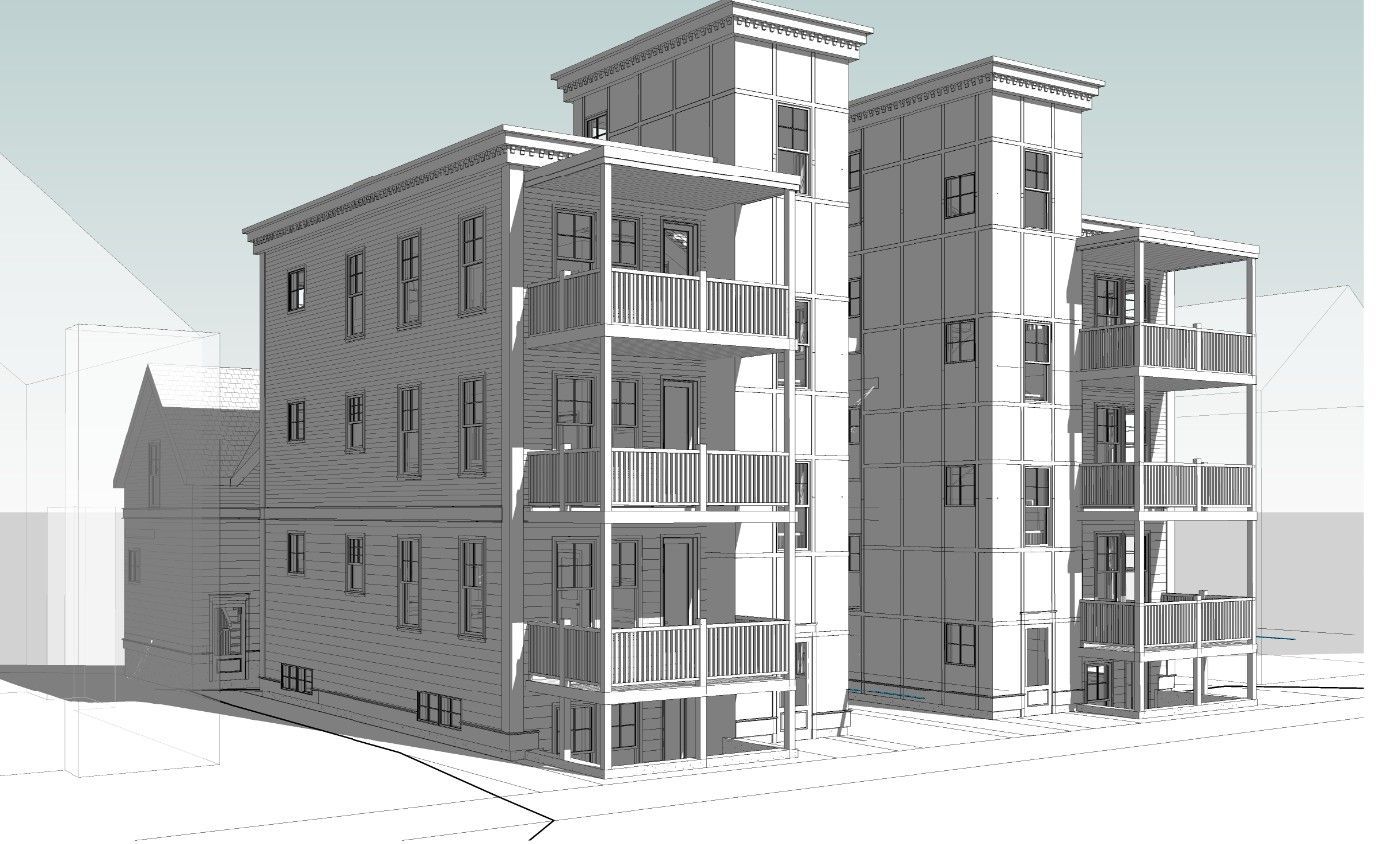
17 Hudson Street - Somerville, MA
Client: North American Development
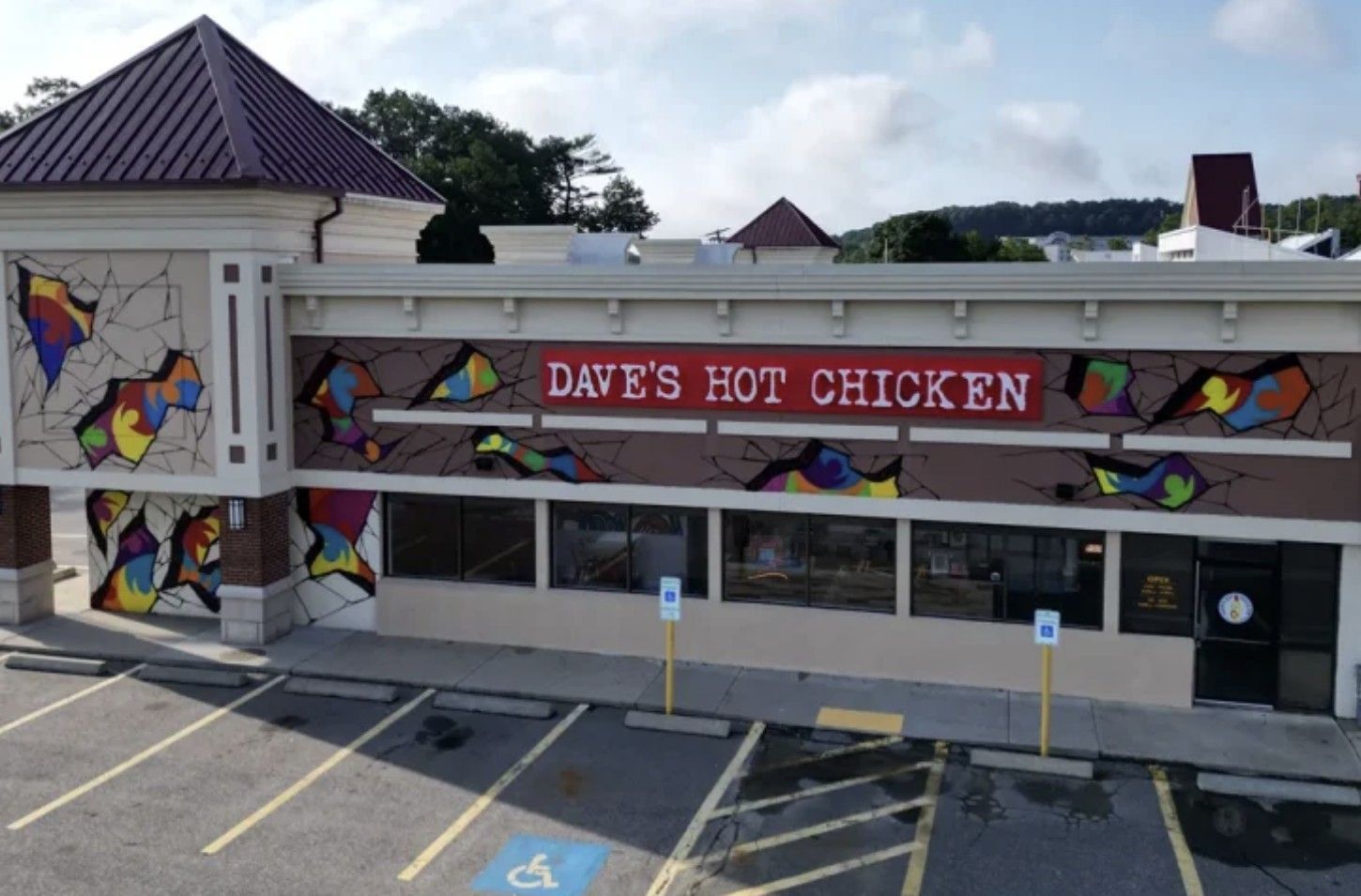
Dave's Hot Chicken - (Various Locations)
Client: RECOR Development

Trinity Church - Melrose, MA
Client: db2 Architecture and SEAVER Construction
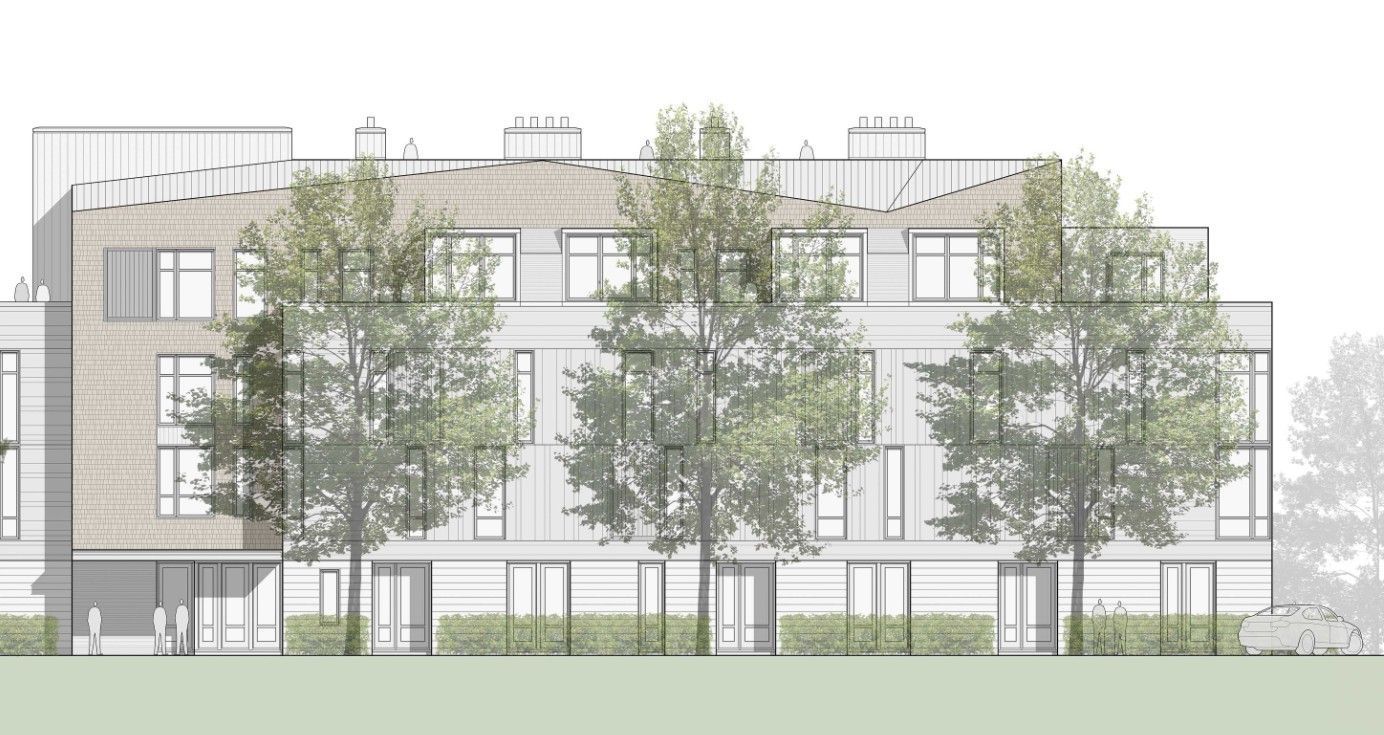
44 Captain Bertie's Way - Provincetown, MA
Client: New Boston Ventures
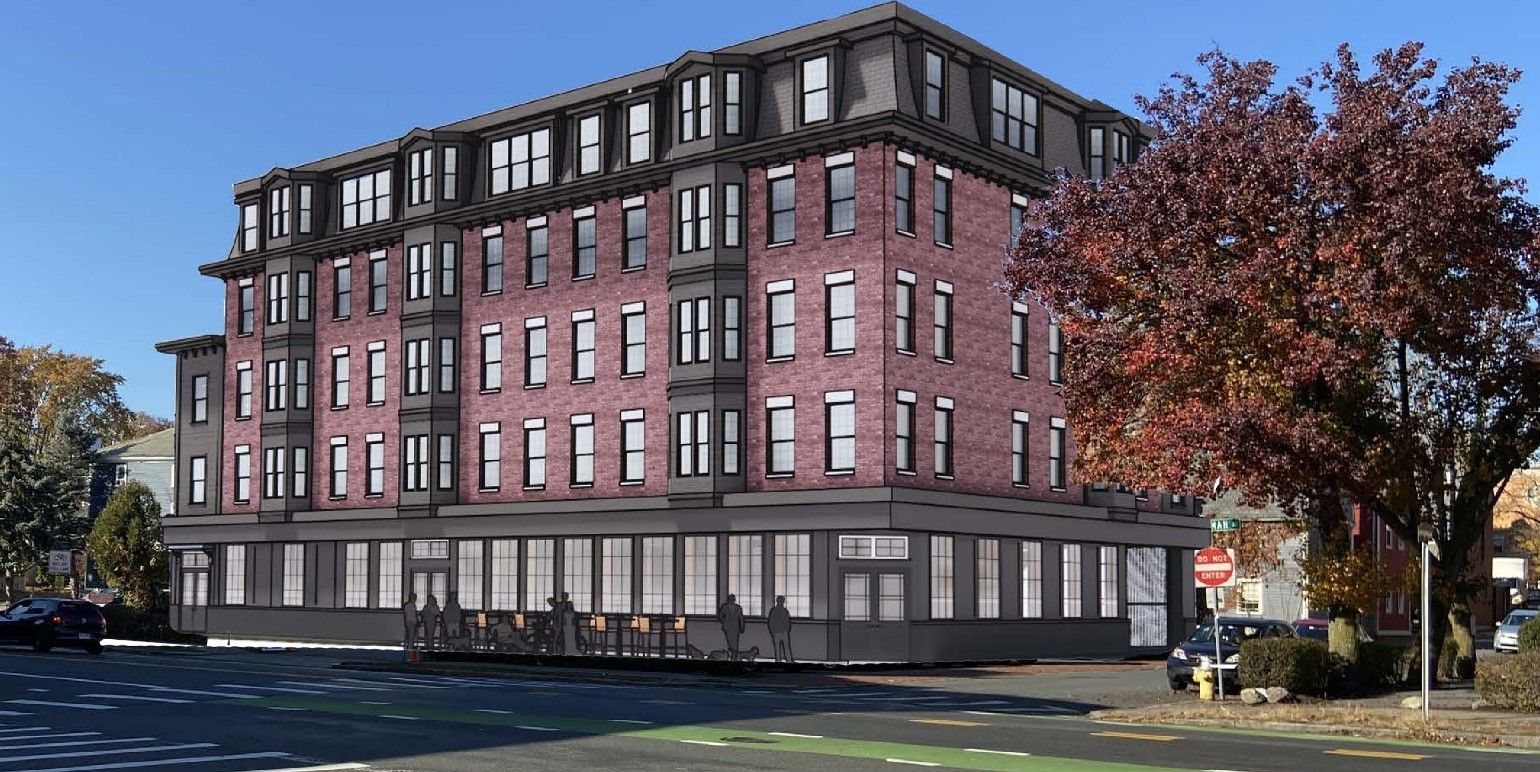
38 Norman Street - Salem, MA
Client: Kinvarra Capital

149 Main Street - North Andover, MA
Client: CRESPO and YS Ventures
Article Author: Leo Gabriel
CONTACT US TODAY!
857-244-1461
info@revivalryeng.com
REVIVALRYENG.COM
